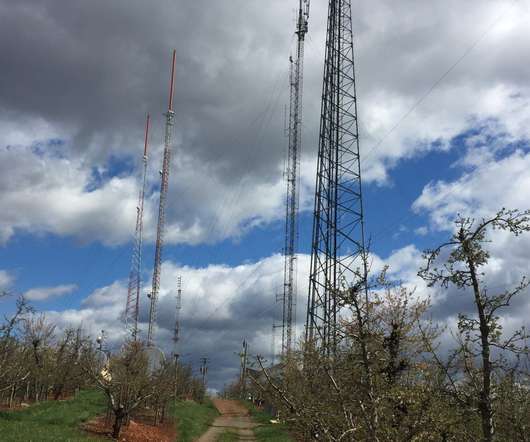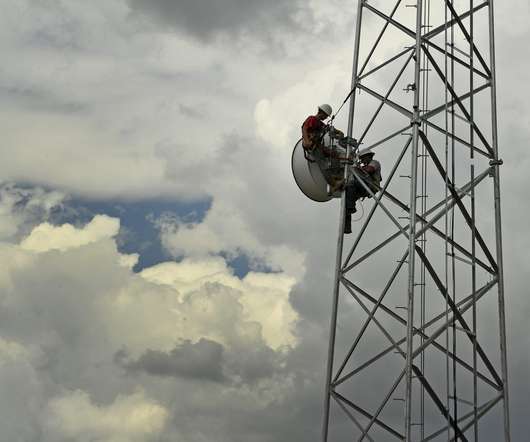Revised Federal Edtech Plan Calls for Closing Digital Divides
Edsurge
FEBRUARY 26, 2024
These reports, some observers believe, mark a thoughtful step toward ensuring digital equity. In addition to highlighting examples of what officials see as effective programs, the report suggests that states appoint edtech directors, create digital equity plans and assess how the technology is currently being used in their schools.




























Let's personalize your content